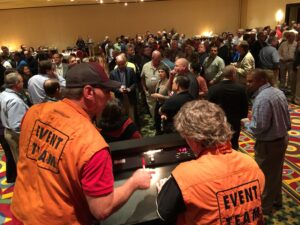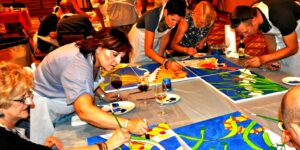As fall begins, corporate training sessions across the board kick into high gear. When it comes to Diversity & Inclusion (D&I) training, instructors often face staff members representing a wide range of diversity, and sadly, they often begin unprepared without knowing much about their audience, or having met some of the team members at all. […]
Continue reading »






